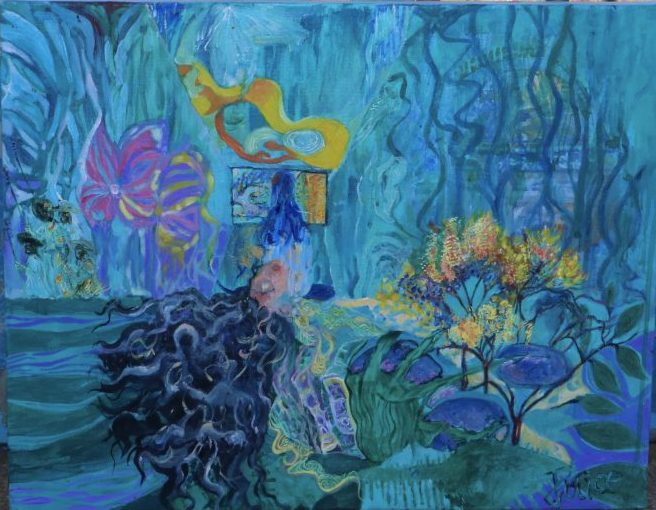Portfolio Element 2 Sound Photography
What is the relationship between photography and sound? In today’s visually-dominated culture, how can we use sound to respond to what we see around us?
Sound Photography is the biggest ever worldwide artistic interaction between photographers and sound artists, covering 34 countries and six continents with sound pieces inspired by photographs.
Sound players designed and built by Tim Waterfield at Kennebec.
More than 160 photographers and sound artists from 32 countries took part in the project, making it the largest global artistic interaction between photographers and sound artists.
Photographs in the project cover everywhere from Djibouti and Botswana to India, Vietnam and Australia, and include:
– Iconic locations such as Tiananmen Square, the Empire State Building and Copacabana Beach;
– Political protests, social commentary and photojournalistic stories;
– Environmental studies and nature photography;
– Some of the world’s most beautiful cities, including Paris, Venice, Kyoto and Chefchaouen (Morocco’s “blue city”).
The sounds created in response demonstrate an extraordinary breadth of creative approaches including:
– Recordings of melting ice, floating driftwood, electromagnetic fields or words translated into 20 languages;
– Using the raw data from a photograph to construct brand new sounds;
– Using elements of the image as musical notation from which to build new melodies;
– Collections of historical sound recordings from the location of the photograph to bring its past to life;
– Sonic fairytales assembled from legendary fictional tales through the ages.
“As this wave from memories flows in, the city soaks it up like a sponge and expands. A description of [the city] as it is today should contain all [the city’s] past. The city, however, does not tell its past, but contains it like the lines of a hand, written in the corners of the streets, the gratings of the windows, the banisters of the steps, the antennae of the lightning rods, the poles of the bags, every segment marked in turn with scratches, indentations, scrolls.”

Today, sound and visuals together usually means video. But Fowkes wanted to go for something different: “I wanted sound and static images, and seeing the image almost as a painting.”
I think one thing I really like in this project is the idea of “sound Mapping”:
Sound mapping is the point at which somebody goes to a spot and records the sound in an extremely consistent with life, exhaustive way. Coming from a melodic foundation myself, I needed to bring something else. What might occur assuming you utilized the genuine sound and investigated what that spot could seem like? Assuming that you applied your own insight, your own recollections to sound?
The net outcome is the Urban communities and Memory sound guide. Each area has two sounds: the narrative, or “genuine” sound, and the memory sound, which is a recomposed or reconsidered sound that takes the first recording and accomplishes something else. There’s one individual gathering the field accounts, and you have many specialists making this variety of reactions. That is the thing I love about the task and the web. I can’t go to this large number of spots, yet I could give a similar field recording to 20 craftsmen and return with 20 totally various pieces in view of that.
What is so compelling about sound?
Field recordings are an incredibly interesting source of material for musical inspiration. It’s not just the sounds themselves; it’s also the ways they can be manipulated and processed. Sound is basically limitless. So one thing is the pure artistic approach of seeing sound as source material.
The second is about helping people think differently about the world around them and how they listen to it. You can take a sound that’s pretty dull — say, the metro in Brooklyn. That’s something you hear every day and would consider to be part of the background. If you take that and turn it into a piece of techno or piano music, you present it in a lot of different ways and you start to get people to think differently. The project isn’t just about “remarkable” sounds like volcanos or political protests. It’s also about the very humdrum, almost boring sounds that are still fascinating in their own way.

